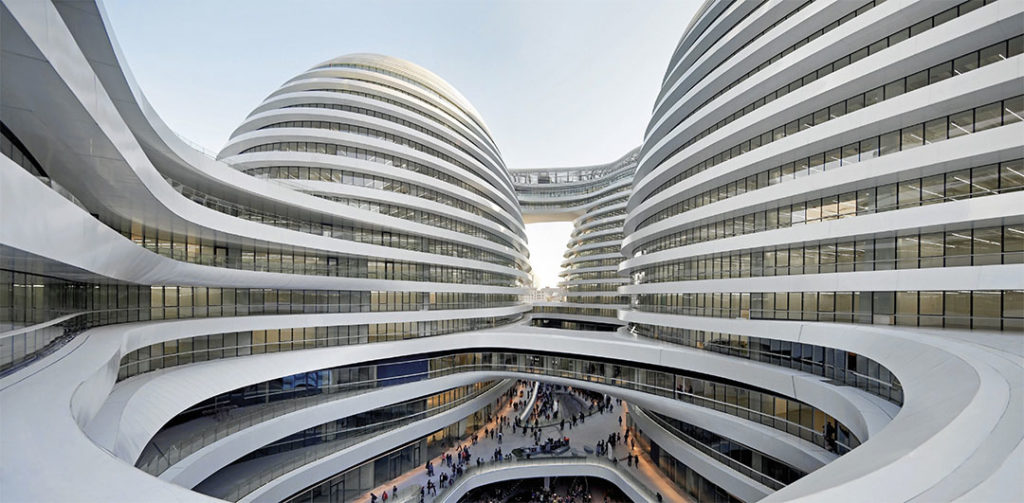
Picture what the future looks like, and you might envision the architecture of the late Zaha Hadid. If you have a great imagination, that is. Because her work requires a lot of it, often completely redefining the idea of what a building should be, and how it should be experienced. She demanded a lot from those who entered her spaces, as we’re so accustomed to buildings that feel familiar. But there was nothing ordinary about Hadid’s stark white canopy-like 2013 extension to the Serpentine Sackler Gallery in London, except the brick-clad 200-year-old former gunpowder store that it was attached to. Underneath the undulating roof was the architect’s clever reflection on the past and the future. Its columns appear to grow from the earth organically, like tree roots, with the free flowing, tensile structure gently attaching itself to its historic, sturdy counterpart. The singular café and event space has a futuristic lightness to it, as though the whole thing is about to beam into space, where it will morph into a beautiful winged creature and continue on its quest.
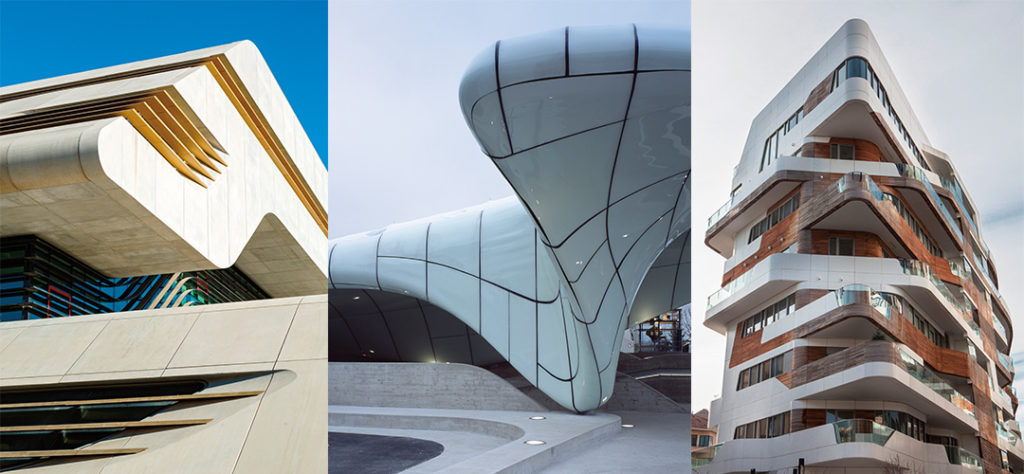
This otherworldly quality and curvilinear approach to form is what separated Zaha Hadid from her contemporaries. The Tehran-born, London-based architect was on a continuous quest for “the development of the organic language of architecture,” as she stated in her 2004 Pritzker Architecture Prize acceptance speech. For Hadid, the first woman to win the prestigious prize, organic didn’t mean the use of natural material; she wanted to integrate her buildings into the landscape, whether it was the flowing, horizontality of the Heydar Aliyev Centre (2012) in Baku, Azerbaijan, or the verticality of the One Thousand Museum skyscraper in Miami, currently under construction. In the same speech, the Pritzker laureate eschewed the modernist, primarily Western ideas that were still dominating architecture. “I believe that the complexities and the dynamism of contemporary life cannot be cast into the simple platonic forms provided by the classical canon, nor does the modern style afford enough means of articulation,” she said.
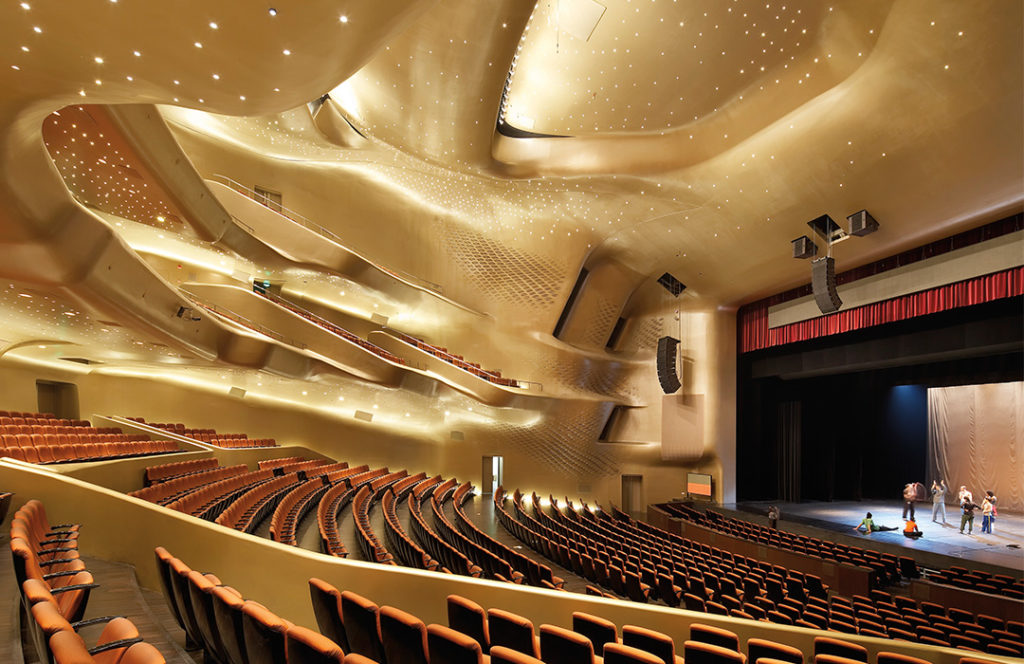
Hadid’s experimentalism initially categorized her as a “paper architect,” because, for over a decade, her projects—although critically acclaimed—never came to fruition. Instead, she made beautiful paintings and drawings exploring the concepts of fluidity in space. She made her real-life debut in 1993 with the Vitra Fire Station, an elegant, angular concrete composition in Weil am Rhein, Germany, meant to service the nearby Vitra furniture factory. The ones that followed received unprecedented praise. The New York Times architecture critic Herbert Muschamp deemed the 2003 Rosenthal Center for Contemporary Art in Cincinnati as “the most important American building to be completed since the end of the Cold War.” After seeing the 2005 Phaeno Science Center in Wolfsburg, Germany, his protégé Nicolai Ouroussoff called it a “hypnotic work of architecture—the kind of building that utterly transforms our vision of the future.” What she created was uniquely new.
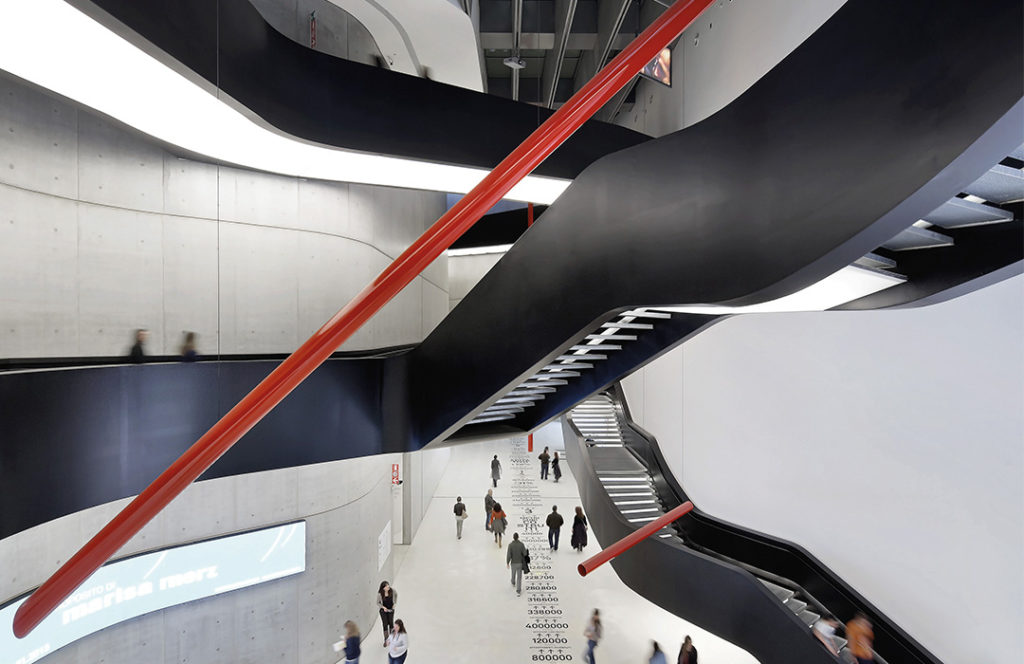
Beyond the built environment, Zaha Hadid became an icon in her own right, arguably the first architect to become a full-fledged celebrity, often referred to simply as Zaha, in the single-name manner often reserved for pop stars. She was an unforgettable figure, as a Middle Eastern woman in a field dominated by Caucasian men. Her passion for design transcended disciplines; she has designed everything from cars to shoes. Following her death at the young age of 65, many headlines referred to her as the greatest female architect of her generation—a wording that unfortunately reflected the industry’s ongoing gender inequality. As the tributes from her friends and colleagues started pouring in, it became apparent that many had considered her to be very much at the top of the game, regardless of gender. “Among architects emerging in the last few decades, no one had any more impact than she did,” British architect Richard Rogers told The Guardian. In perhaps the most personal tribute, on his firm’s website, New York-based Steven Holl wrote: “The most amazing architect of her day, and with such human kindness she lived her life—now suddenly gone—but her gifts will constantly move us in the new spaces of the transparent future.” With over 30 projects still in development, Hadid’s “gifts” will keep blooming from the ground for years to come.
Zaha’s World
A sampling of the breadth of Hadid’s design talents
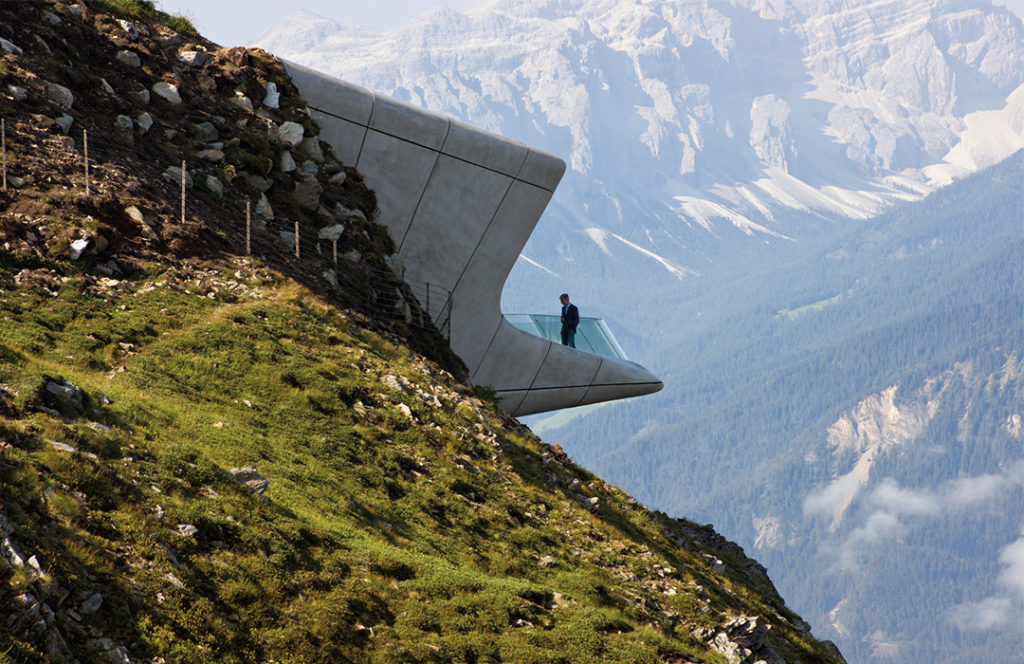 Messner Mountain Museum, South Tyrol, Italy, 2005 Zaha Hadid, Patrik Schumacher
Messner Mountain Museum, South Tyrol, Italy, 2005 Zaha Hadid, Patrik Schumacher
A testament to Hadid’s love of topography, the museum is embedded within the summit of Mount Kronplatz in the Italian Alps, 2,275m above sea level. The concrete canopies ascend from the ground, mimicking shards of rocks and ice.
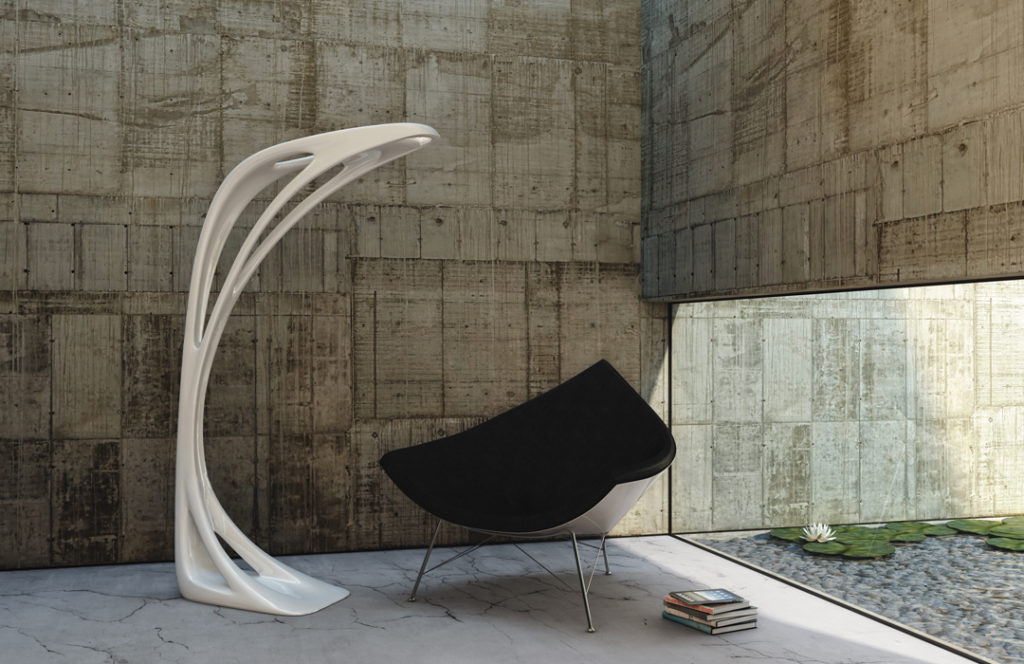 Genesy Lamp for Artemide, 2009
Genesy Lamp for Artemide, 2009
In typical Hadid manner, the Genesy lamp is at once organic and mechanical. It rises from the floor like the root of a tree before splitting into branches. Its fluid silhouette recalls the architect’s early conceptual drawings of geometry floating in space.
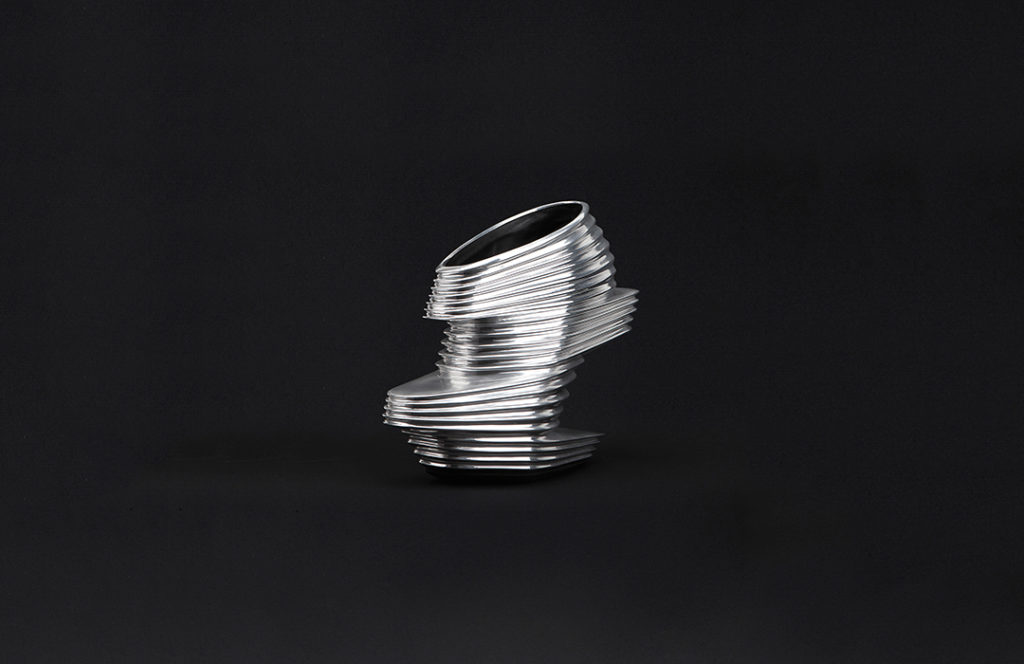 NOVA Shoe for United Nude, 2013
NOVA Shoe for United Nude, 2013
The always-chic Hadid was well known for her extensive shoe collection, and the shoe’s established form was another one she aimed to redefine. Taking inspiration from natural geographical formations, the upper shape is moulded out of chrome vinyl rubber, which is lined with leather and placed on a fibreglass heel.
